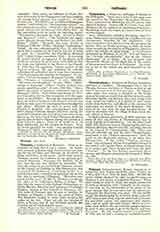

Thelepte, a titular see in Byzacene. From an inscription we learn that it was a colony. An important network of Roman roads here branches out, joining the city to Cilium and Theveste, on the north; to Gafsa and Gabes, on the south. In the sixth century Thelepte became the residence of the military governor of Byzacene. Procopius (De Aedificiis, VI, 6) says that the city was fortified by Justinian. We have the names of several bishops: Julianus, present at the Council of Carthage in 256; Donatianus, who assisted at the Conference of Carthage in 411; he is said to have held a council in his episcopal city in 418, but this is uncertain (Tillemont, “Memoires pour servir s, l’hist. eccl.”, X, 790-3). Thelepte was the native place of St. Fulgentius, Bishop of Ruspe. We have also the names of other bishops: Frumentius, exiled by Huneric, 484, after the Conference of Carthage; Stephen, present at the Council of Byzacene, 641. The ruins of Thelepte may be seen at Medinet el-Kedima, in Tunisia, a little to the north of Gafsa. The Byzantine citadel, in utter ruins, occupies the center of the city. There are also the remains of baths, a theater, and of ten churches recently discovered, one of which had five naves.
S. VAILHE

